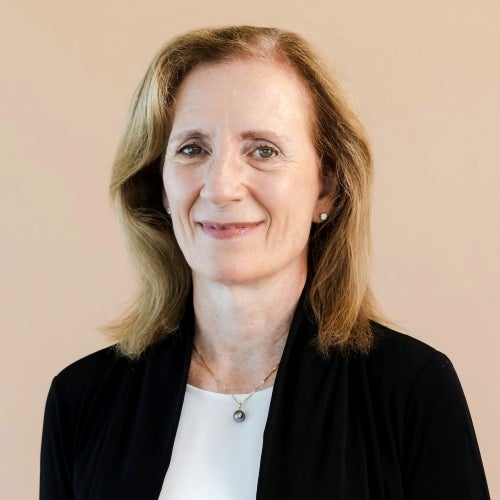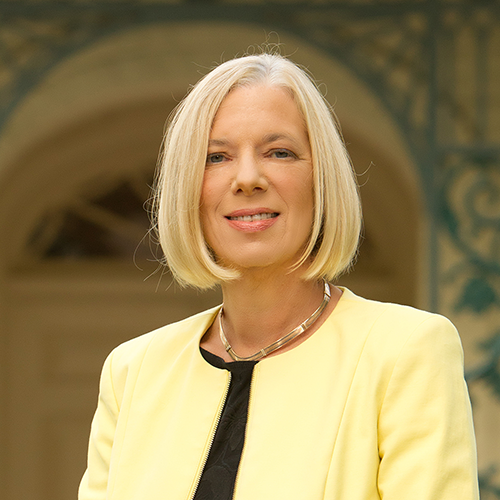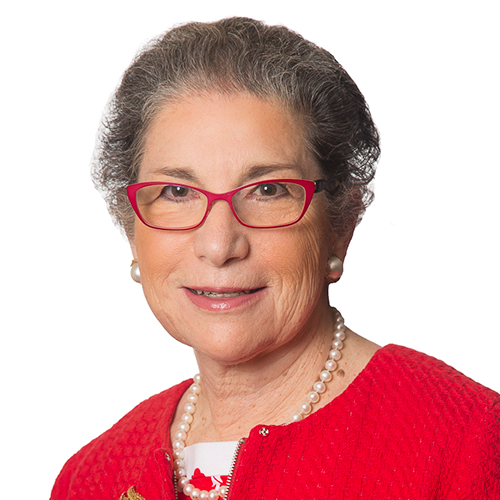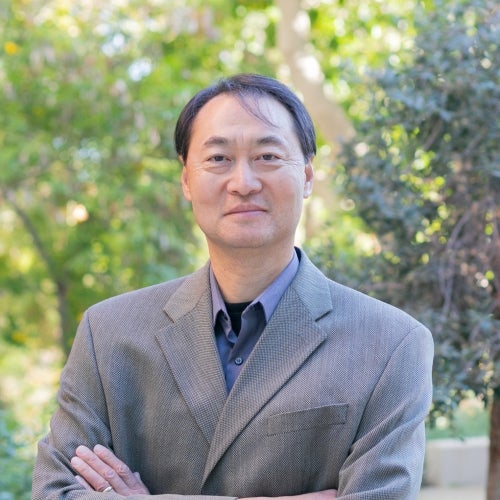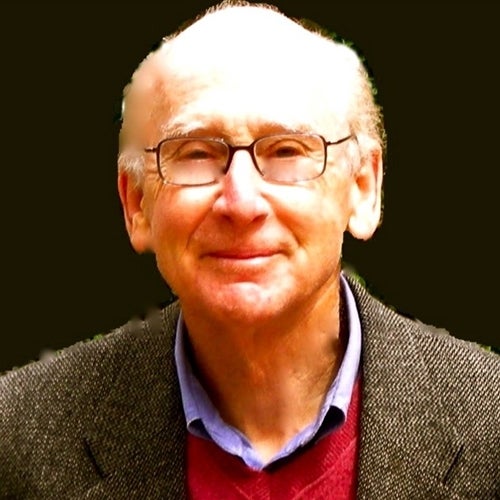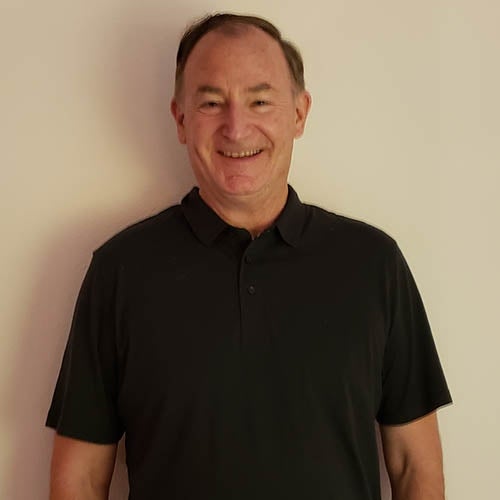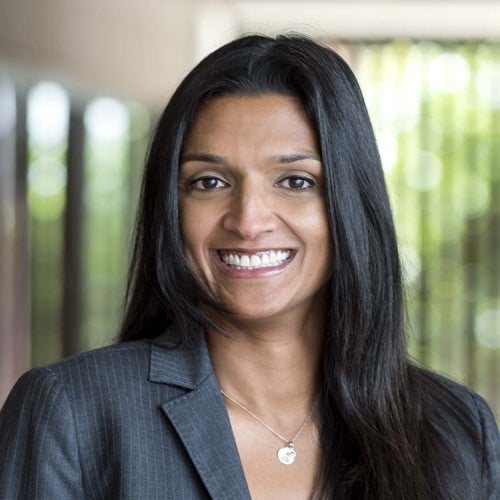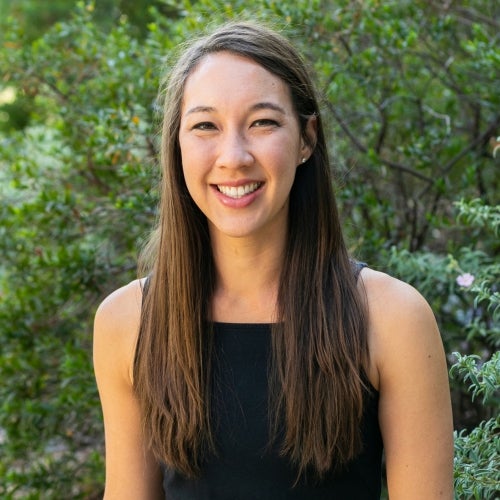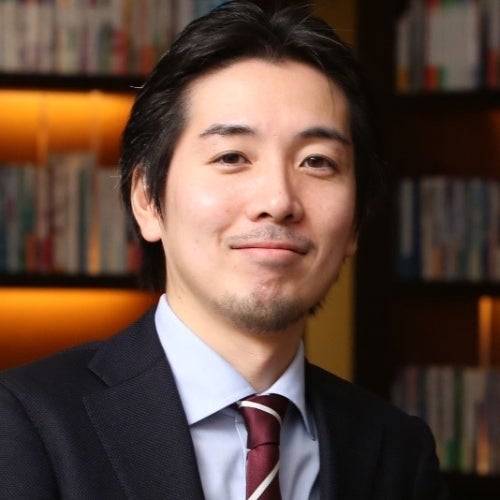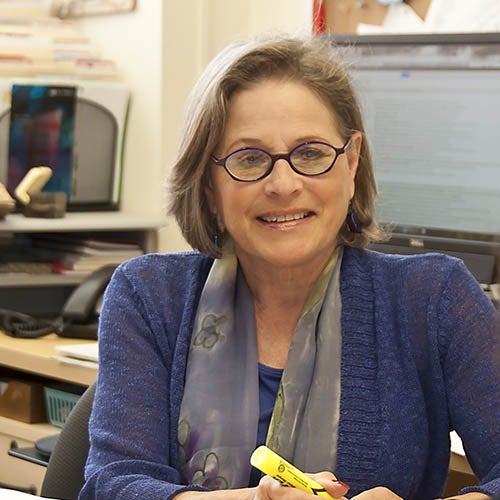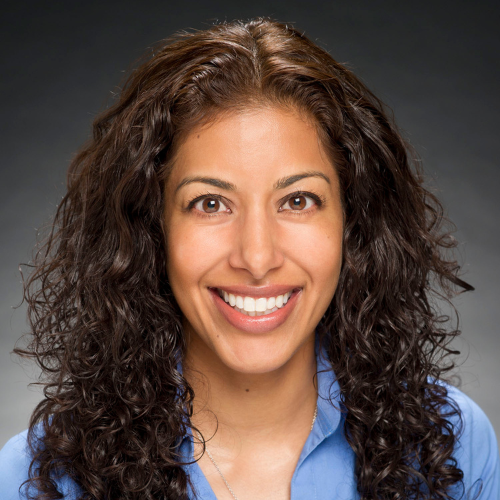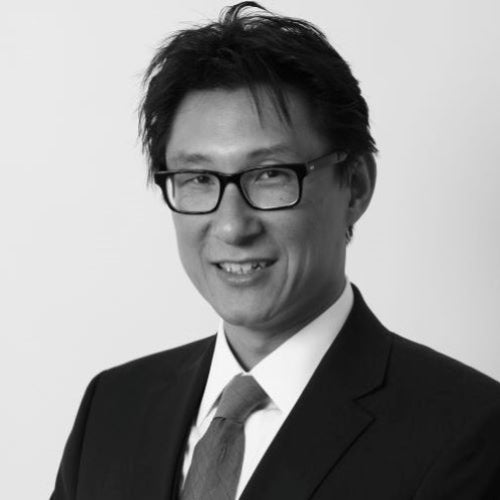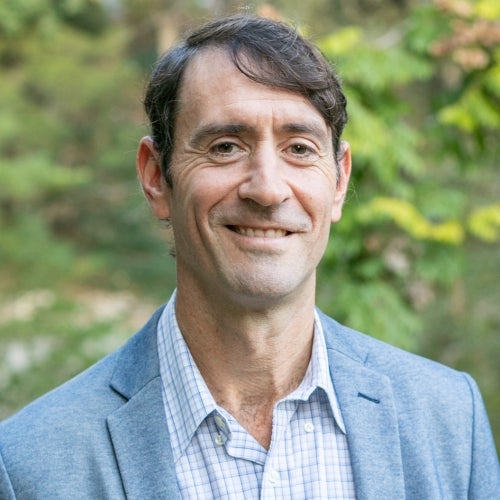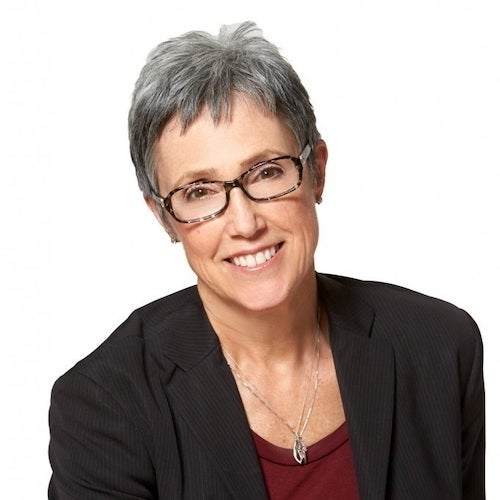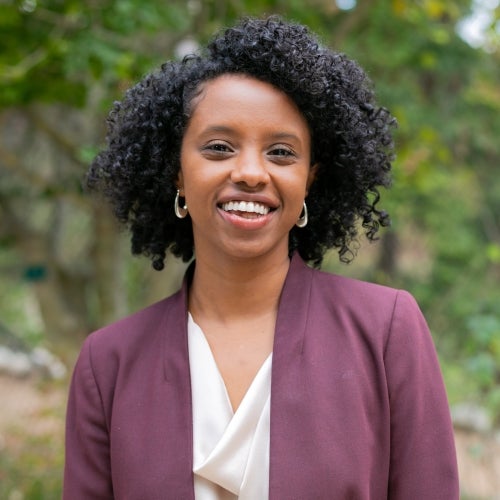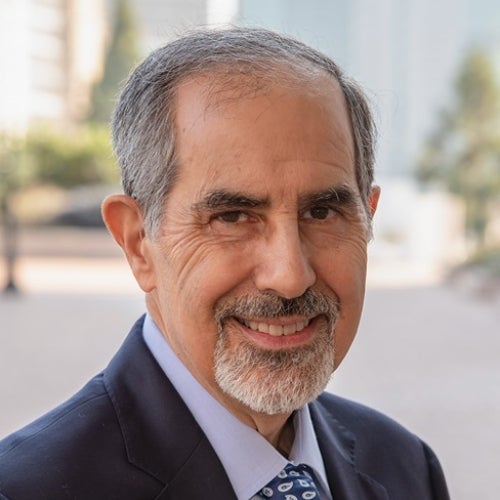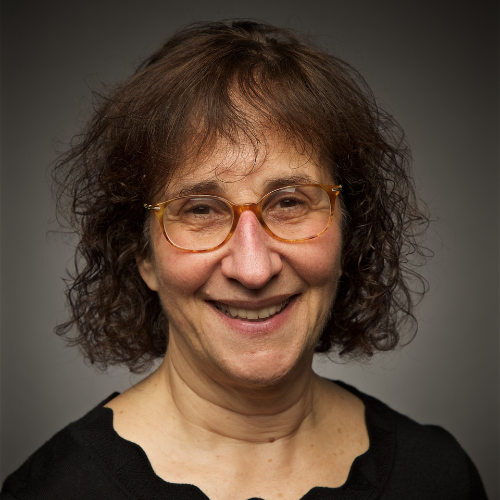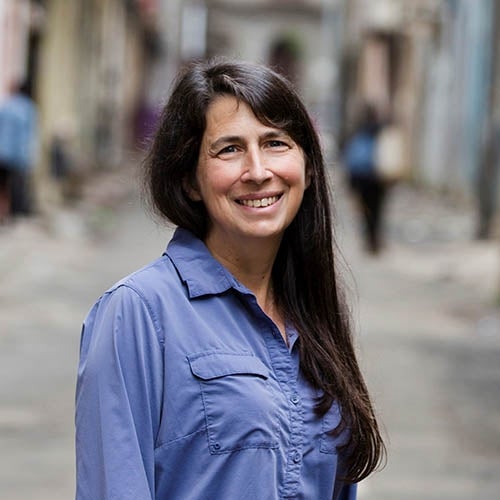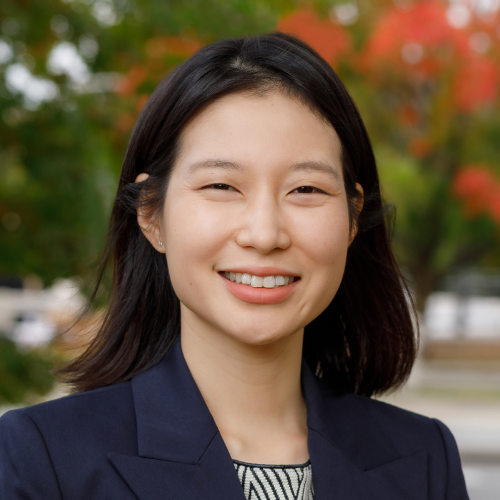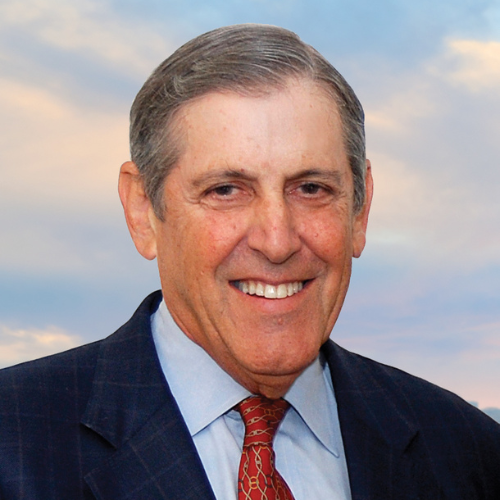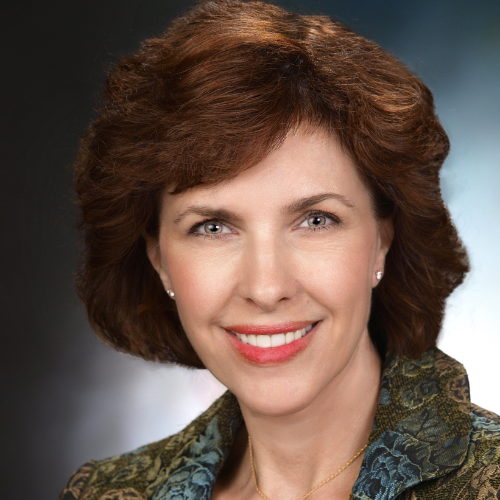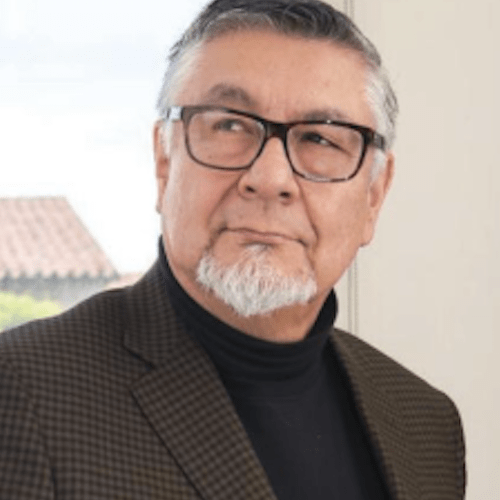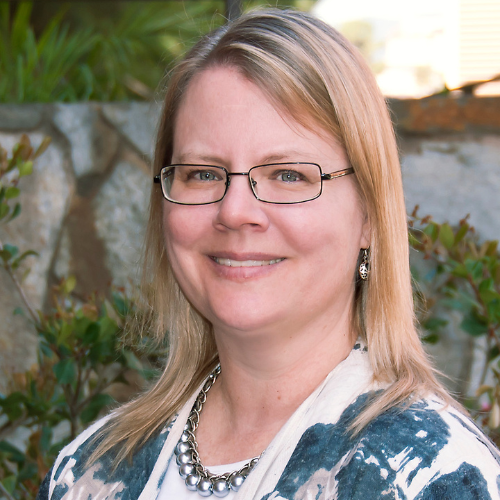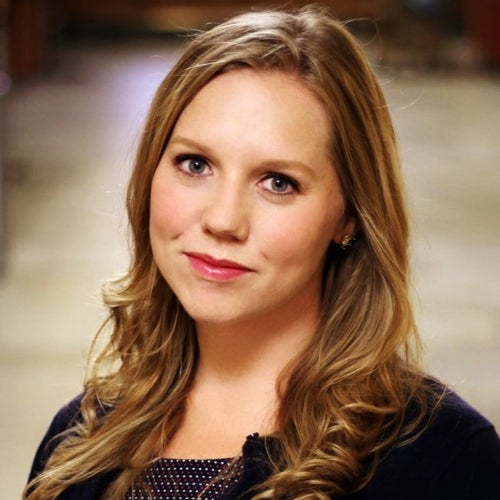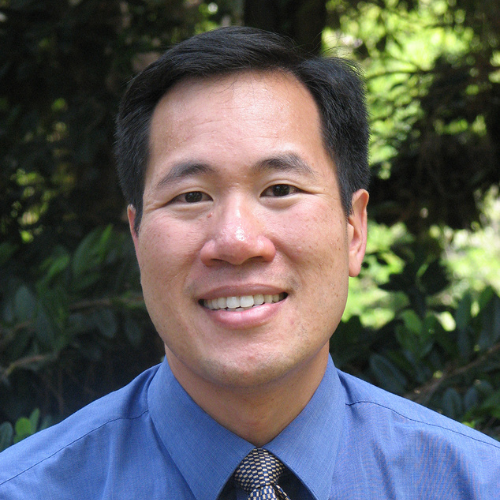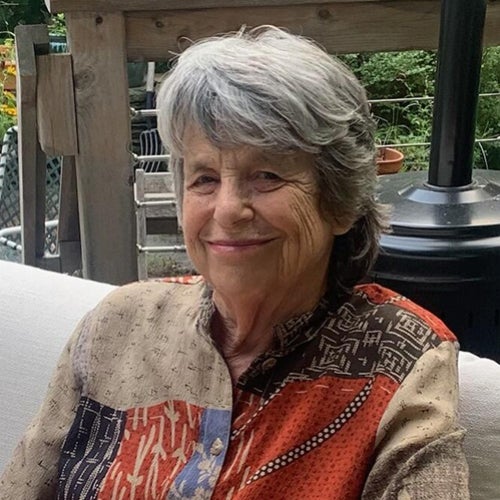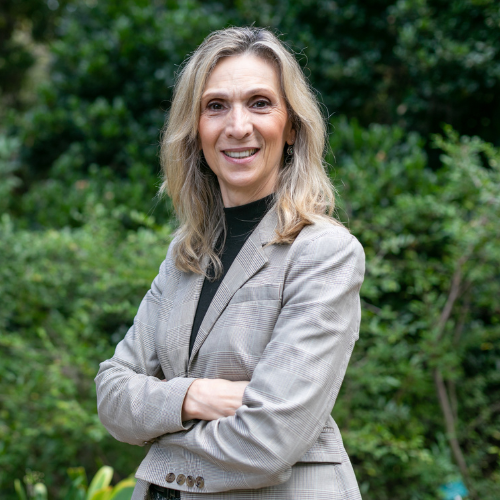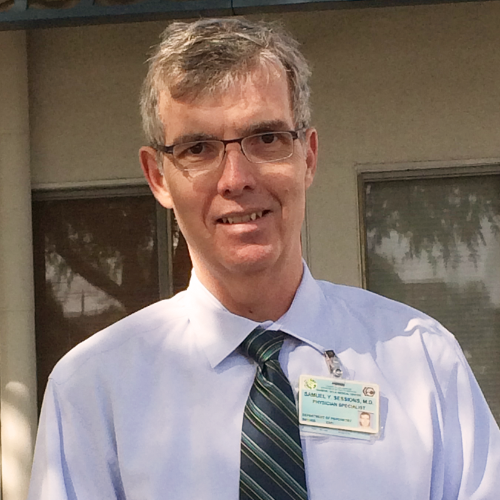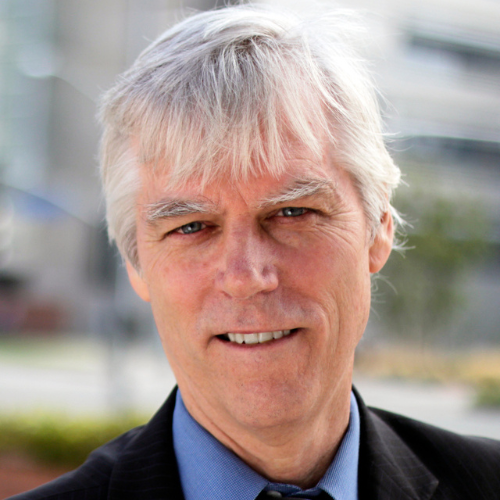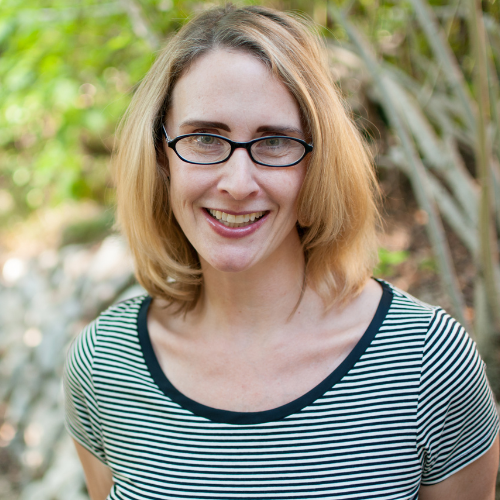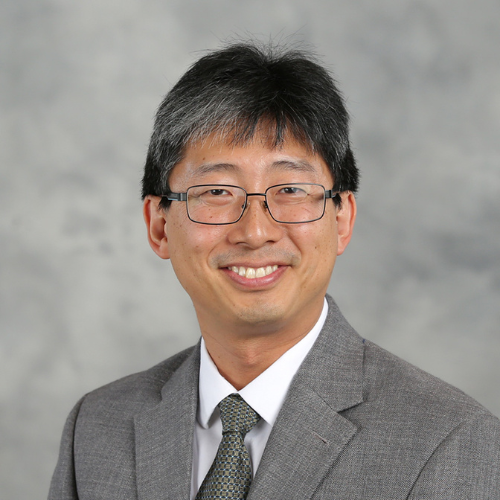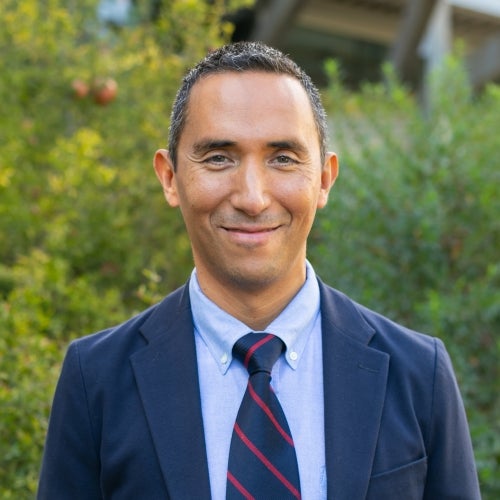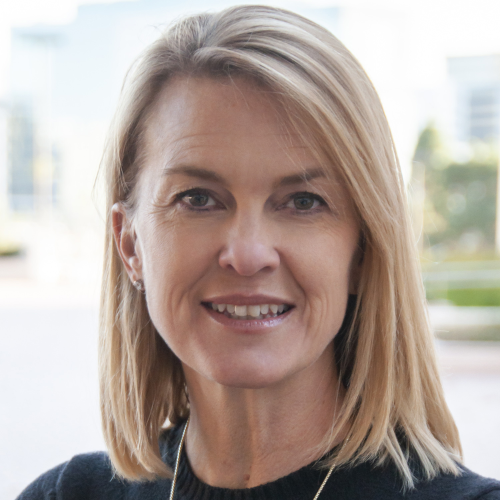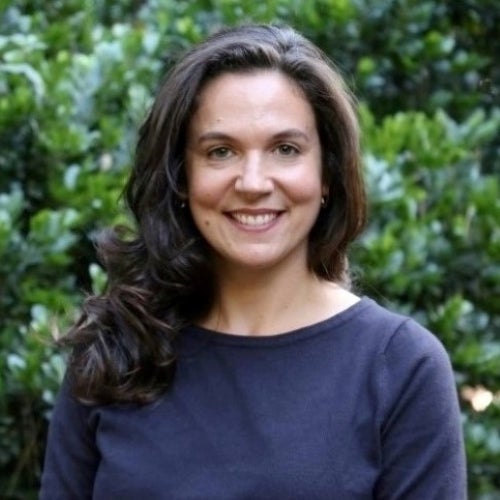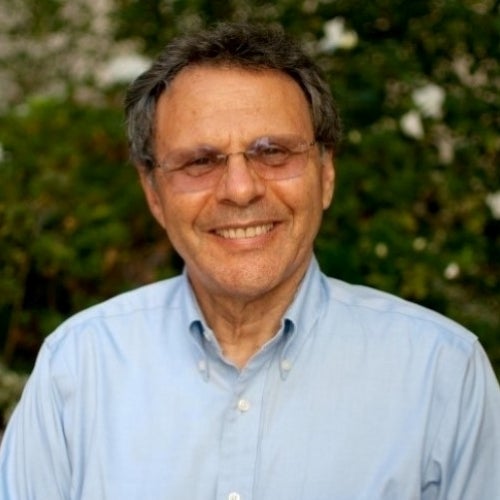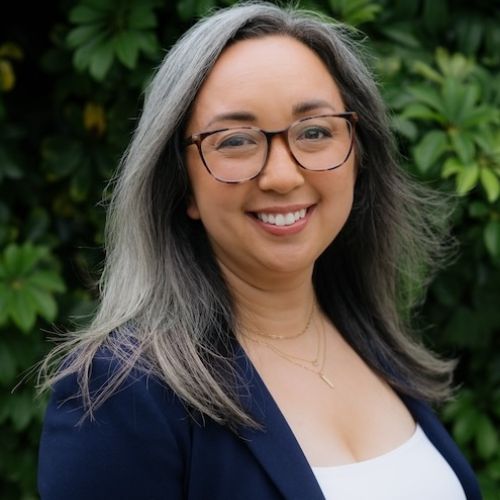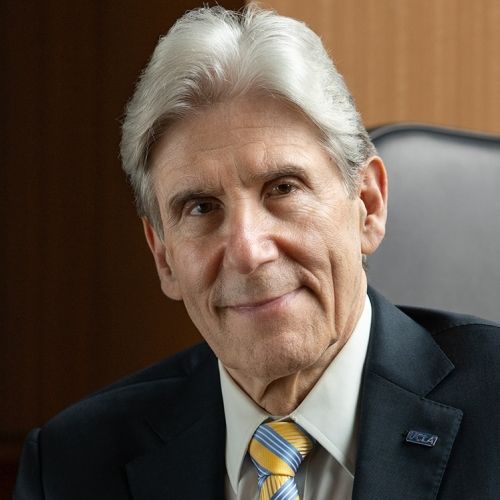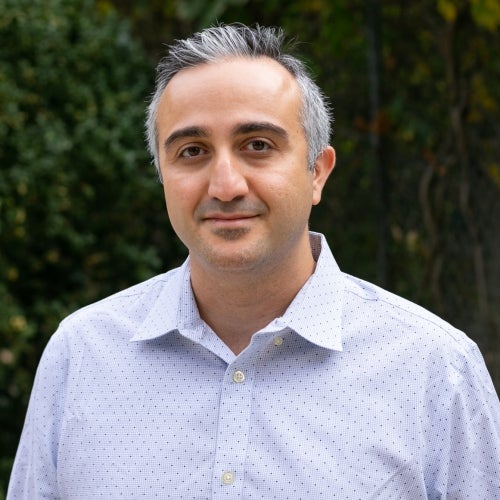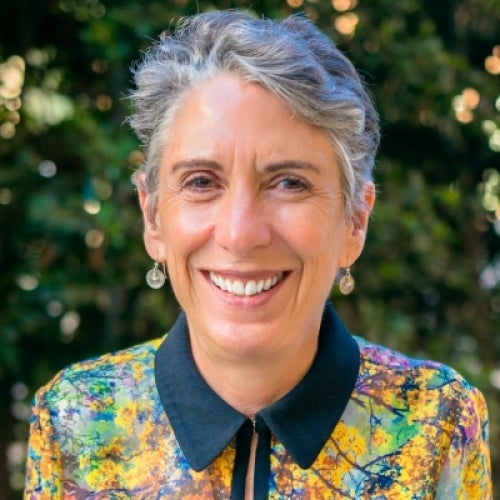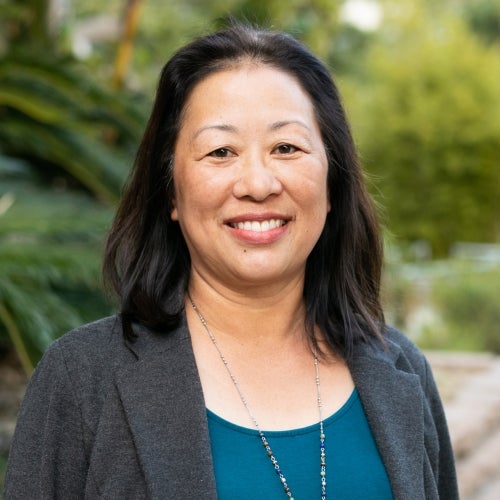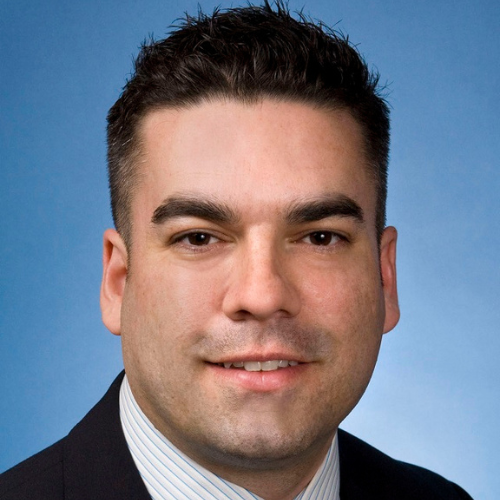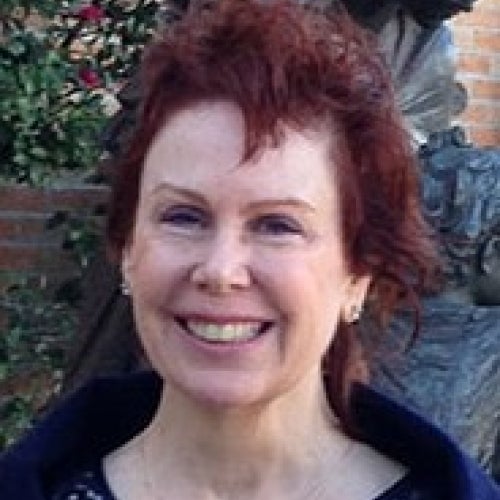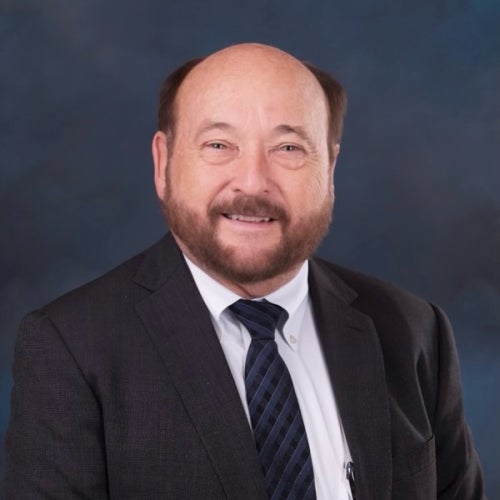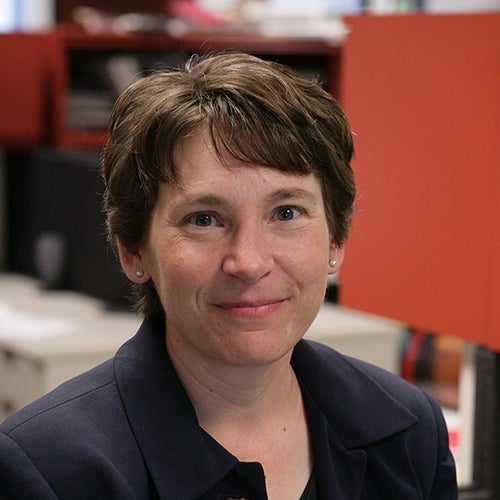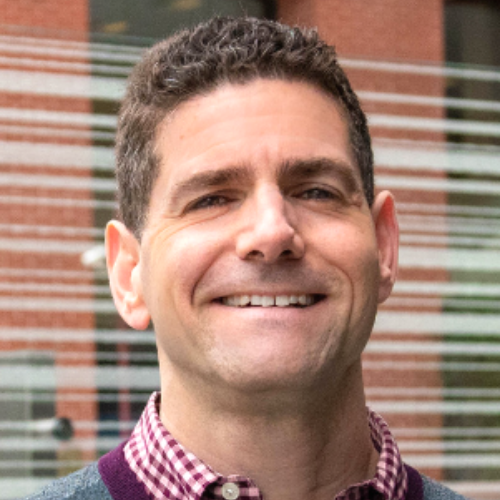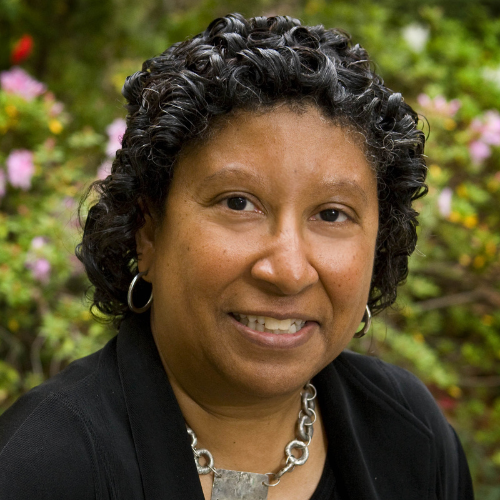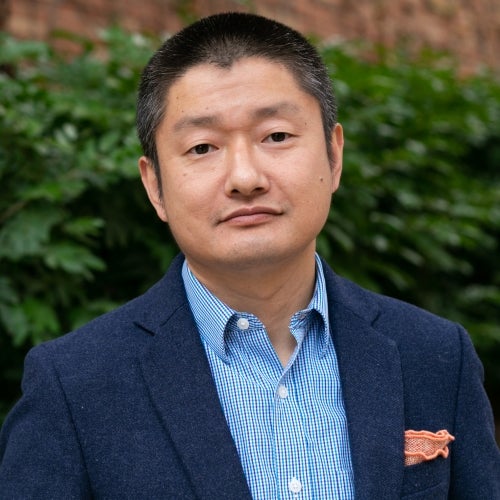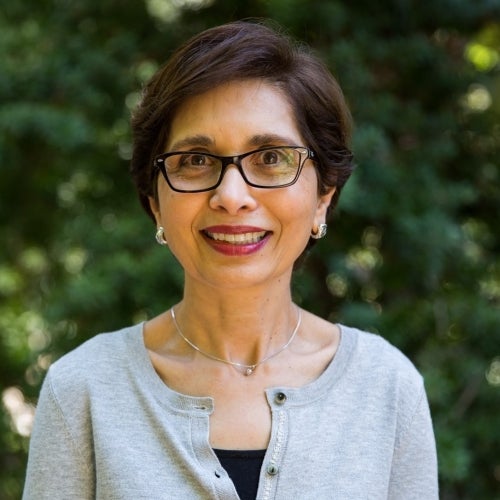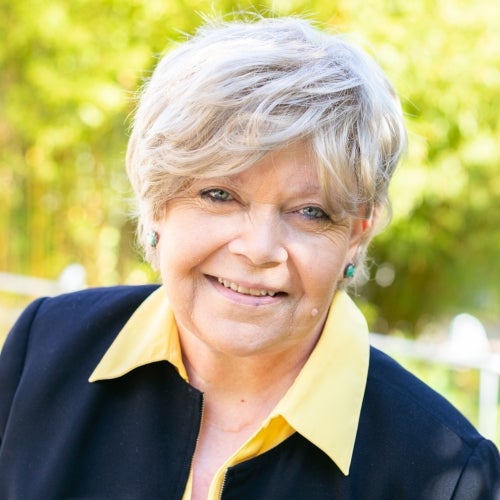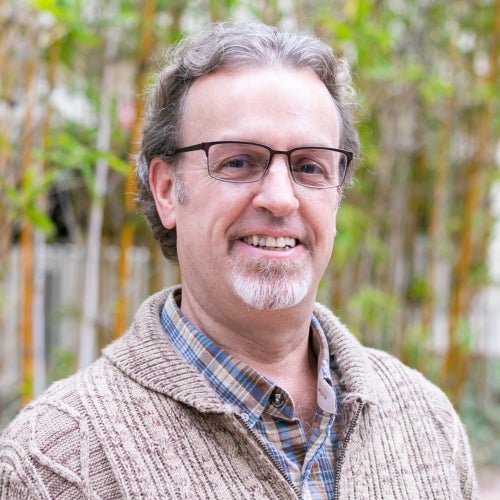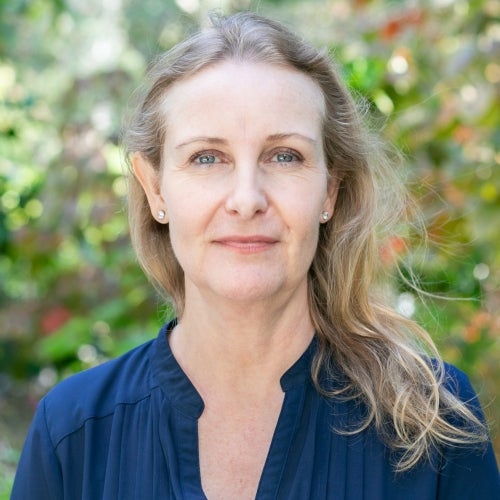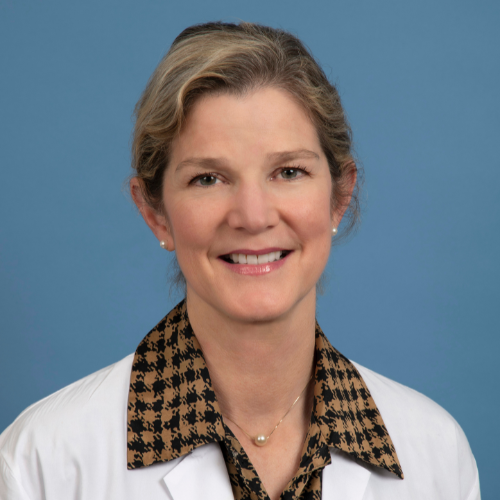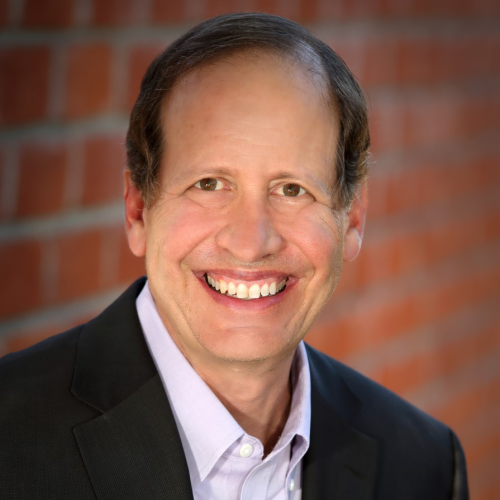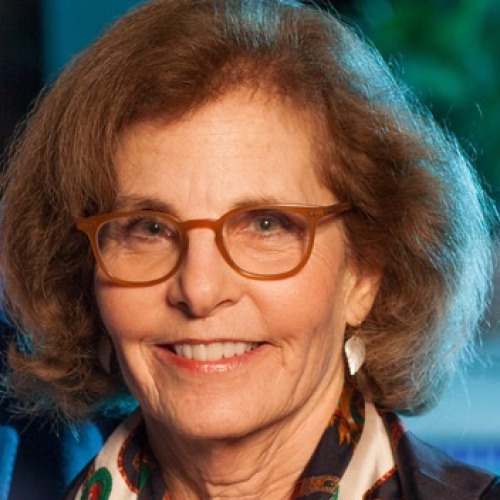New research presented in tackling gun violence as a public health epidemic
Symposium held by UCLA FSPH Center for Health Policy Research highlights new findings to support policy solutions.
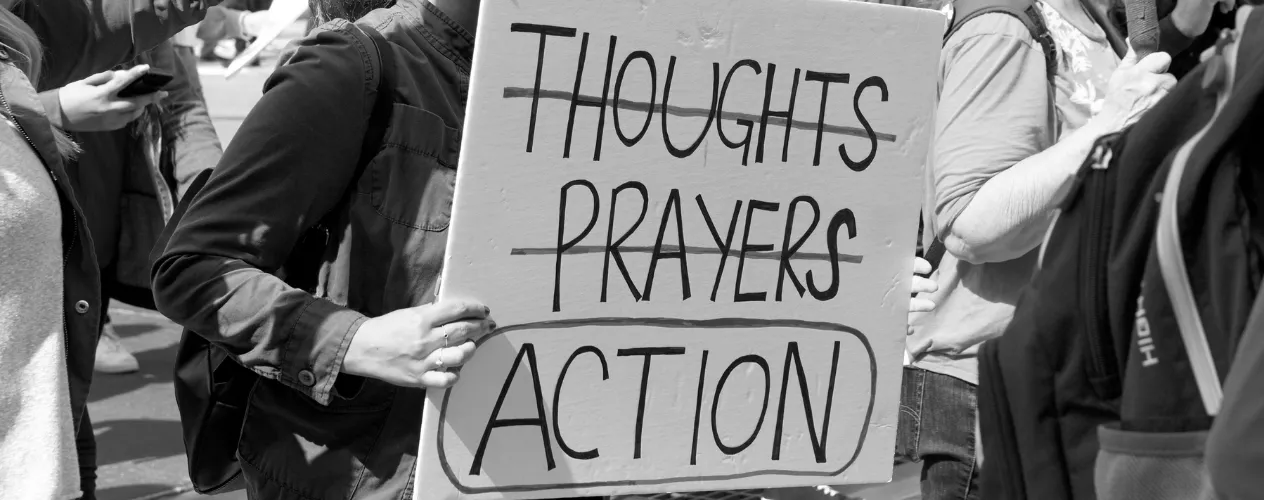
Less than two months into the new year, there have already been more than 60 mass shootings in the United States and 5,103 people killed by gun violence, including the January shootings in Monterey Park and Half Moon Bay.
These statistics were among those presented at “Addressing Gun Violence as a Public Health Epidemic,” a symposium held Feb. 13 by UCLA Fielding's Center for Health Policy Research. The half-day virtual symposium featured emerging research on various aspects of gun violence and discussions with leaders from national and local organizations advocating for policy change and public safety.
Research that explores the underlying issues contributing to gun violence and the trauma surrounding it is essential for meaningful policy change, said Dr. Ninez Ponce professor and chair of health policy and management at the UCLA Fielding School of Public Health, who led the symposium.
Until recently, Dr. Ponce said, federal funding for gun-violence research was limited by a 1996 amendment that prohibited using public funds for studies that advocate gun control. Now, investment in research must be increased for “building an evidence base for policies or programs to inform policymakers making tough decisions.”
The symposium’s keynote speaker, California Attorney General Rob Bonta, noted that the newly established Office of Gun Violence Prevention is taking a public health approach to the issue by “expanding our lens beyond prosecuting gun crime to prevention, harm reduction and even culture-shifting.”
The office will examine a “broad range of factors to prevent gun violence on the front end, from firearm availability to effective resources for crisis prevention, reducing gun violence by promoting research and data collection,” Bonta said.
“We must continue to pursue and implement and enact evidence-based, data-driven policies in California, increasing awareness about effective legal and policy strategies and collaborating with our partners, all of you.”
He urged the students viewing the symposium not to wait until graduation to get involved.
“Your time is now,” he said.
Dr. Michael Rodriguez, a professor emeritus at the David Geffen School of Medicine at UCLA and director of the California Alliance of Academics and Communities for Public Health Equity, echoed that sentiment.
“It is important that we not wait,” Dr. Rodriguez said. “This is part of a movement and a movement that that impacts everybody. And that requires data to help support the work of the movement.”
Data presented at the symposium demonstrated recent trends in gun violence statewide, including who are most likely to be victimized and what tactics might help in preventing firearm injury and death.
Among the findings:
Even as the total number of gun assaults and homicides have decreased from 2005 to 2019, the fatality rate of these shootings has increased, according to research by George Tita, a professor of criminology, law and society at UC Irvine.
His research also found that shootings that happen indoors are more deadly than those that occur outside, that gun homicide victims are skewing older over time and that older victims are generally shot indoors.
“That suggests to me that the distance is closing between the discharge of the weapon and the distance that projectile travels to striking a victim,” Tita said. “I think that might be one of the reasons that we're seeing the increase in the case fatality rate. There's nothing that we can find that suggests that firearms in Los Angeles are becoming any more lethal than in any other time period.”
These findings could inform policies as to safe gun storage inside homes.
• Twelve percent of young people ages 12 to 18 believe they can get a gun within two days, said Joan Asarnow, professor of psychiatry and biobehavioral sciences at the David Geffen School of Medicine at UCLA.
Suicide is the second leading cause of death for people ages 10 to 34, and suicide is most deadly when done with a firearm.
Asarnow and colleagues developed an intervention called “Lock and Protect” to help parents and caregivers reduce access to firearms in households where young people are experiencing mental health challenges.
“Just like when you have a 2-year-old in your home, you’re going to lock up cabinets and put a barrier around your pool,” Asarnow said. “When you have a child who’s suicidal or depressed, you want to think of yourself as having to childproof your home in the same way.”
“Lock and Protect” has proven effective in a study published in 2021 and additional studies are ongoing.
By Sandy Cohen for UCLA Health
Related Faculty
Nationally recognized health services researcher and sociomedical scientist with 25+ years' experience in effectiveness and implementation research.

Dr. Michelle S. Keller is a health services researcher whose research focuses on the use and prescribing of high-risk medications.

Dr. Ron Andersen is the Wasserman Professor Emeritus in the UCLA Departments of Health Policy and Management.
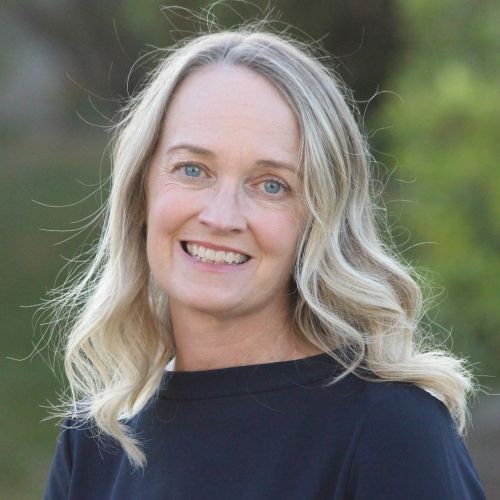
EMPH Academic Program Director with expertise in healthcare marketing, finance, and reproductive health policy, teaching in the EMPH, MPH, MHA program
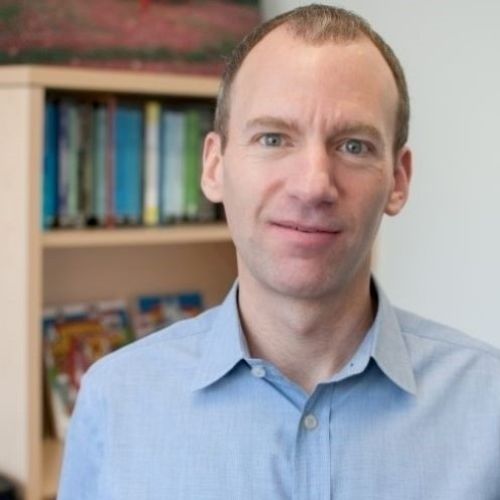
Professor of Community Health Sciences & Health Policy and Management, and Associate Dean for Research

